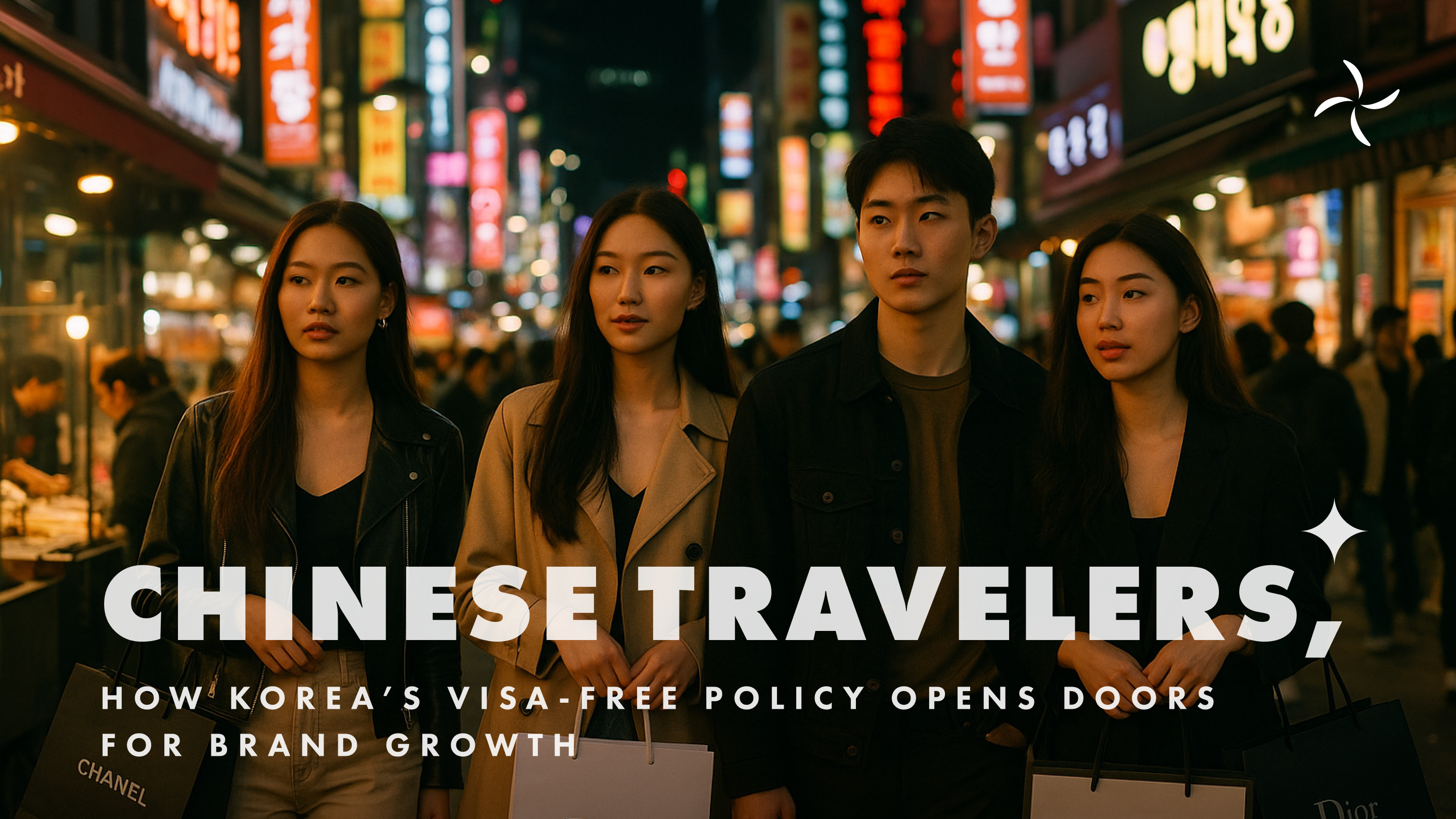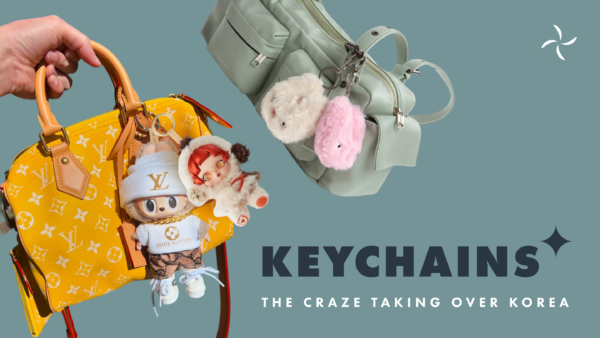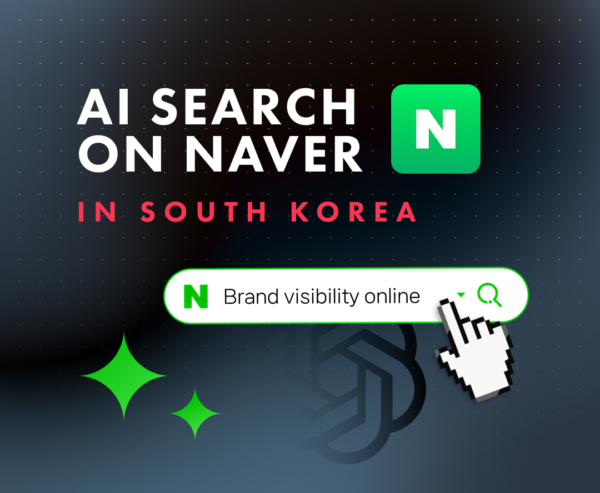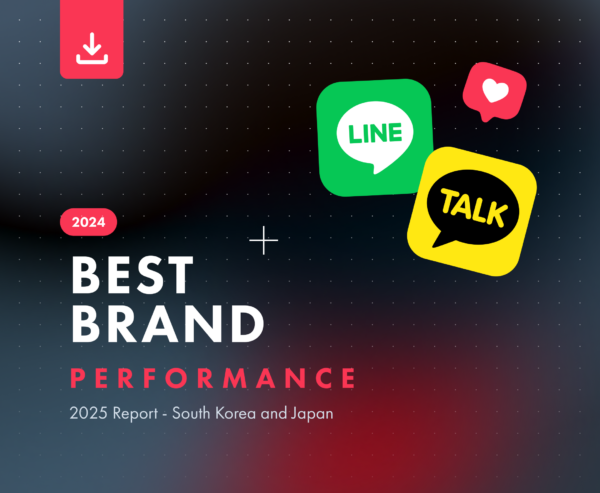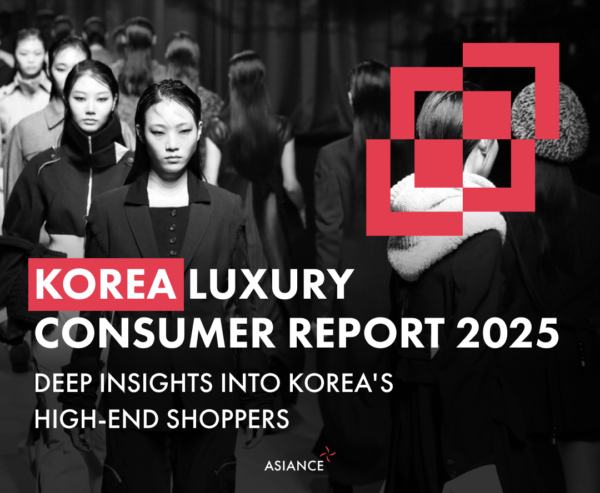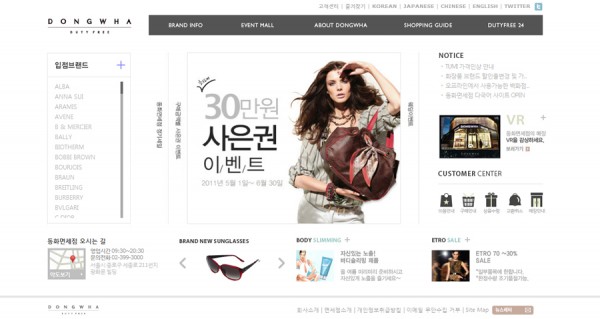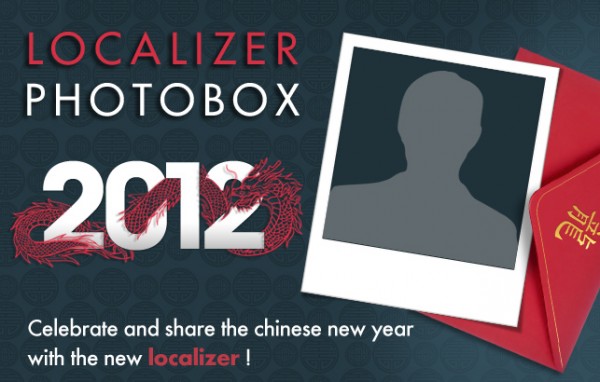Asiance is located in the heart of historic Seoul, where we see countless tourists passing by. In recent weeks, we’ve noticed a significant increase in Chinese visitors exploring cultural landmarks such as the Museum of Art and Gyeongbokgung Palace.
Indeed, the number of Chinese travelers visiting Korea is on the rise, and recent tourism statistics confirm this strong momentum.According to data from the Korea Tourism Data Lab, 602,147 Chinese tourists visited Korea in July 2025, up from 459,069 in July 2024, a +31.17% increase. Even more striking, the number of Chinese visitors in January 2025 (364,460) nearly doubled by July 2025, underscoring how quickly momentum is building this year.
Looking at the bigger picture, the growth trend is even clearer. During the first semester of 2025, the number rose to 2,526,841, marking an increase of more than 307,000 travelers compared to the first semester of 2024 (+13.87%). These figures highlight how important Chinese tourists have become for Korea’s travel and retail industries. Looking ahead, projections indicate that the number of Chinese tourists visiting South Korea in 2025 is expected to reach approximately 5.29 million, accounting for about 28% of the total inbound tourism demand, and in 2026, the number is anticipated to continue its upward trajectory, further solidifying China’s role as a key market for Korean tourism.
This objective of reaching over 5 Million tourists may be achieved due to the decision of the korean government to launch a visa-free policy for Chinese group tourists, which began on September 29, 2025, marking a turning point in Korea–China tourism. For the first time in years, groups of three or more Chinese travelers, organized through accredited travel agencies, can visit Korea without needing a visa for up to 15 days. This decision not only removes a major travel barrier but also carries diplomatic weight, reflecting Seoul’s intention to strengthen cultural and economic ties with Beijing. In practical terms, it makes spontaneous trips easier, encourages more group travel, and positions Korea as a more accessible destination compared to regional competitors like Japan and Thailand.
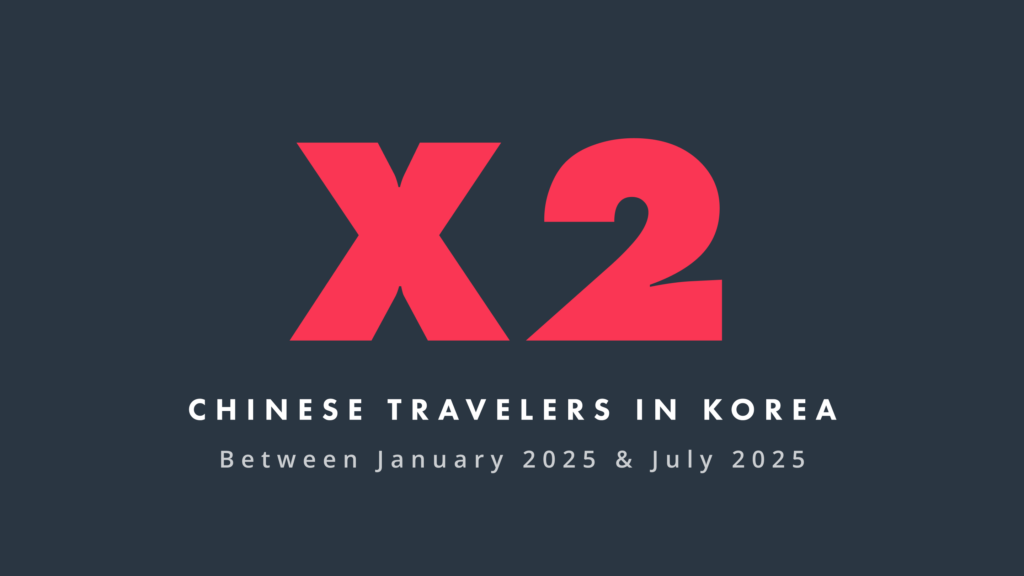
Luxury Shopping at the Heart of the Experience
Chinese tourists are not only visiting for sightseeing, they are also a crucial driver of Korea’s luxury retail sector. Korea is home to flagship stores of major fashion and beauty houses, and many Chinese visitors specifically travel to Seoul to purchase luxury goods. This phenomenon reflects a broader trend where Chinese consumers seek authenticity, exclusivity, and access to the latest collections abroad.
In fact, 95% of Chinese duty-free shoppers plan their purchases in advance, according to m1nd-set analytics. This organized approach has only strengthened since the pandemic: 35% plan before even heading to the airport, while another 36% do so en route. For brands, this means the path to purchase begins well before tourists enter a store.
To capture this opportunity, brands must engage Chinese consumers early in their journey, on mobile platforms they already use, especially WeChat Mini Programs. These tools help shoppers plan their purchases, locate flagship stores, and unlock exclusive offers before arriving in Seoul. After their trip, the same platforms can re-engage them back in China, encouraging repeat purchases online or during their next journey abroad.
How Can Luxury Brands Engage Chinese Tourists Effectively?
Luxury brands have a unique opportunity to build strong connections with Chinese tourists by engaging them at every stage of their journey:
- Before travel: Target Chinese tourists during the crucial pre-planning phase through platforms they use daily, such as WeChat Mini Programs where they find key information to plan their trip.
- During the trip: Guide travelers through WeChat Miniprogram appointment booking, to register for VIP store visits, book private shopping sessions, or flagship events, use reminders notifications and advertise through digital touchpoints, ensuring they prioritize your brand over others.
- In-store experience: Deliver a seamless digital-to-offline (O2O) WeChat Mini Program journey once tourists arrive, integrating CRM, e-commerce, and clienteling tools to provide a premium, personalized experience in Seoul.
After the trip: Re-engage tourists back home, turning one-time shoppers into loyal customers by keeping them connected through ongoing WeChat Mini Programs campaigns, promotions, and tailored notifications and content.
In a Word
With visa exemptions lowering barriers, and luxury shopping remaining a top motivation for travel, the rise of Chinese tourists in Korea shows no sign of slowing down. The sharp increase (+31% year-on-year in July, and nearly 14% growth in the first half of 2025) demonstrates both the scale of opportunity and the need for brands to strategically connect with this audience.
By engaging Chinese travelers before departure, during their visit, and even after they return home, luxury houses in Seoul can go beyond simply welcoming tourists: they can deliver curated flagship experiences and build lasting relationships. This is the future of luxury retail for Chinese consumers traveling to Korea.
Curious about our services? Contact us at insight@asiance.com to craft innovative marketing strategies and engaging brand experiences that resonate with your audience!



